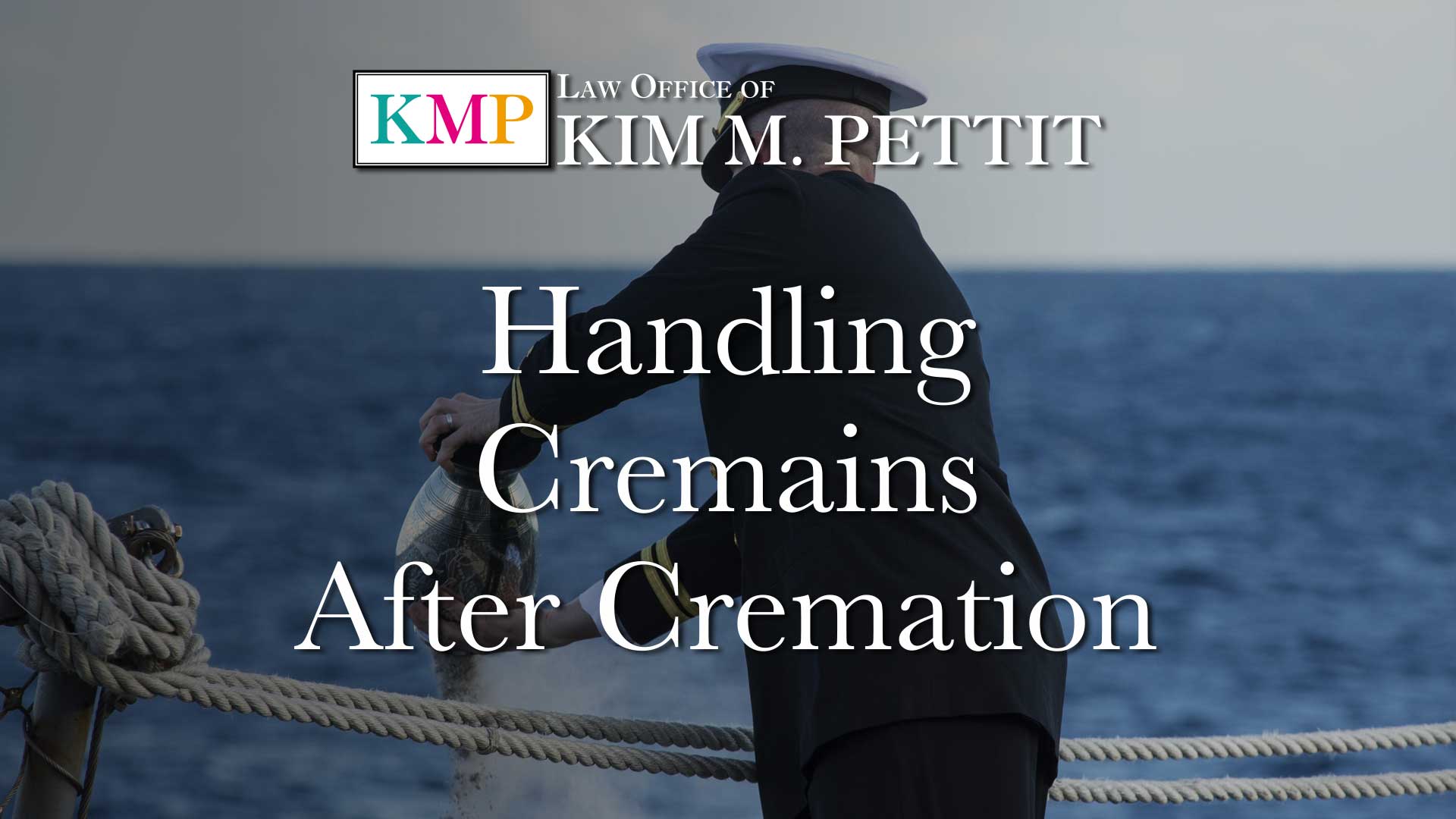After cremation, the ashes are bright white, not like the ashes of your fireplace. The cremains, the cremated remains of a body, can be disposed of by putting them in an urn and burying the urn in a cemetery or placing the urn in a columbarium. The ashes can also be scattered on land, over water, or in the air. Now you can even send the cremains into space. Ashes from a cremation are harmless, so the scattering of those ashes does not pose a public health risk.
The scattering of ashes is a meaningful way to remember a loved one. It gives the family a way to celebrate a place that was special to the one who passed away. But the ashes cannot be scattered just anywhere. Local and state laws control how and where the ashes can be scattered. It is advisable to check those laws before any ashes are scattered. If the ashes are to be scattered over water, the federal Clean Water Act applies. Ashes can even be scattered in national parks. Read more information on scattering ashes in national parks in the following articles:
- Scattering Ashes – National Park Service
- National Parks can be Final Resting Places – Chicago Tribune
Scattering Cremains over Land
You are allowed to scatter the ashes on your own private property, but if you want to scatter them on someone else’s property, you should get their permission first. You can even scatter the ashes over uninhabited public land with permission of the governing agency. Under Texas law, unless the urn is biodegradable, the ashes must be removed from the urn before they are scattered. The urn must also be properly disposed of. Read more about the cremation laws in Texas.
Scattering Cremains over Water
Ashes can be scattered over a public waterway or at sea, subject to state and federal laws. If you want to scatter the ashes over water, the federal Clean Water Act requires that they be scattered at least three nautical miles from land. The Environmental Protection Agency (EPA) must be notified in writing within thirty days after the burial or scattering. The EPA does not allow the scattering of ashes at beaches. The Neptune Society has the Neptune Memorial Reef, located about 3.25 miles off the coast of Key Biscayne, Florida, which is another option. There the cremains are mixed with concrete and shaped into forms such as seashells or stars. They are marked with identifying information and placed there as part of the reef. The Neptune Society offers more information about scattering ashes on the water.
Scattering Cremains by Air
Most states do not have laws prohibiting the scattering of ashes by air. However, common sense dictates you should remove the ashes from the urn before scattering them. Also, you should not scatter them over populated areas. Here are the Texas laws on the scattering of ashes by air and general information about scattering ashes.
Space Burial
What once was considered futuristic is now a reality. Cremains can now be launched into space. For those of you who remember the TV series Star Trek, its creator, Gene Roddenberry, was part of the first space burial that took place in 1992 when the space shuttle Columbia took some of his ashes into space and returned them to earth. James Doohan, who played “Scotty” the engineer on the starship Enterprise, had his ashes sent into space. Celestis and Elysium Space both offer space burials.
Planning for end-of-life events can be scary, confusing, and emotional. Make things easy for yourself and especially for your loved ones by letting them know – not guess – what your plans and wishes are when you die.
Let me help you with your and your family’s planning. If you are considering a will, medical power of attorney, directive to physicians, or a declaration of guardian for yourself or your children, please call the Law Office of Kim M. Pettit at (210) 558-4572 or request a consultation below. I look forward to helping you.






